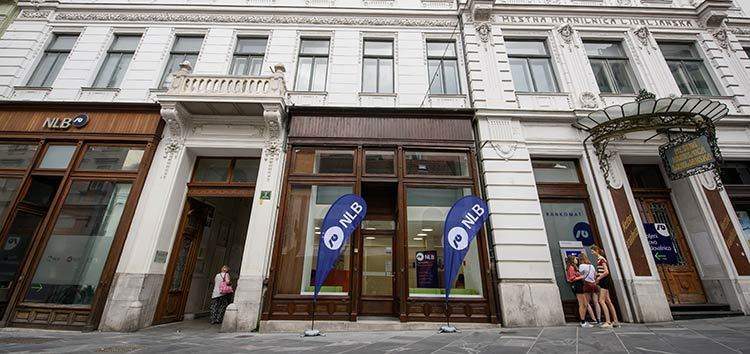
EBRD stated that the acquisition was made in the first phase of NLB’s privatization, where the government of Slovenia sold 59.1% stake of the bank in public offering of shares.
Based on final offer price, NLB’s market capitalization could be nearly €1bn at the start of trading on the prime market of the Ljubljana Stock Exchange and the main market of the London Stock Exchange on 14 November.
With this stake acquisition EBRD has become the second largest institutional investor in NLB. Previously it was a shareholder in the bank between 2002 and 2008.
Offering of NLB’s shares is a commitment by the government of Slovenia. It is part of the restructuring plan of NLB, as agreed with the European Commission in 2013, when the state aid contribution was approved, as later amended.
While the government can keep a stake of 25% plus one share, it has committed to sell at least 50% plus one share this year and any outstanding share of up to 75% minus one share by the end of next year.
NLB is the largest bank in Slovenia with total banking assets holding of about 23% in the country. It provides universal banking services and has a strong presence through its core subsidiaries in five south-east European countries.
The bank has 349 branches, nearly 6,000 employees and 1.8 million active customers.
EBRD financial institutions, EU banks director Lucyna Stańczak-Wuczyńska said: “This is a major and very welcome moment in the development of NLB and the Slovenian banking sector. NLB’s first step to return to private ownership and a successful public offering of shares demonstrate the strong restructuring and recovery of the bank.
“Equally important, it will strengthen further operational improvements and prudent growth which will benefit the bank’s commercial and retail customers.”
In September, the bank reported a total net operating income of €243m for the first half of this year, which was a 1% increase compared to last year’s income for the same period.
It also reported a net profit of €104.8m, which was an 11% decrease year-on-year, because of lower release of credit impairments and provisions.






